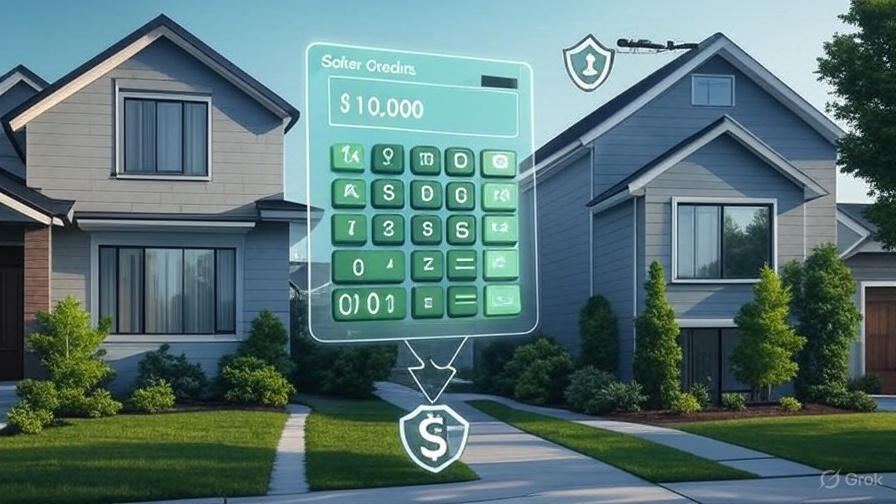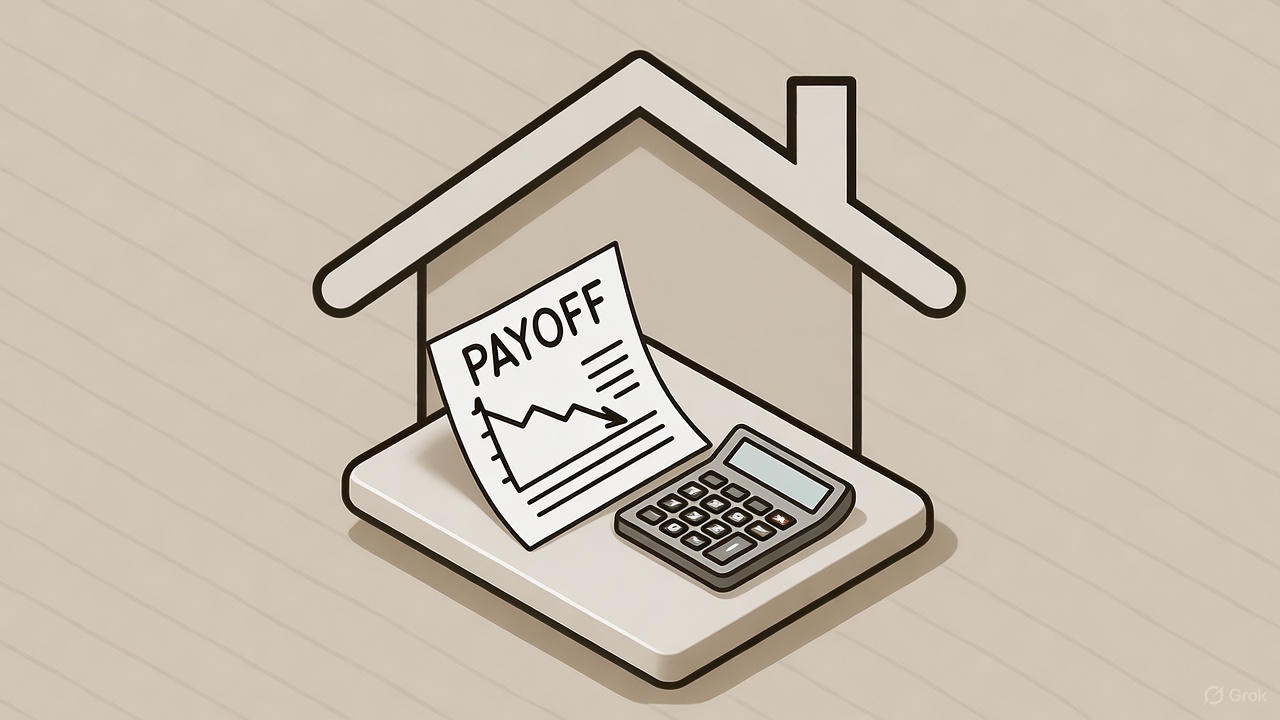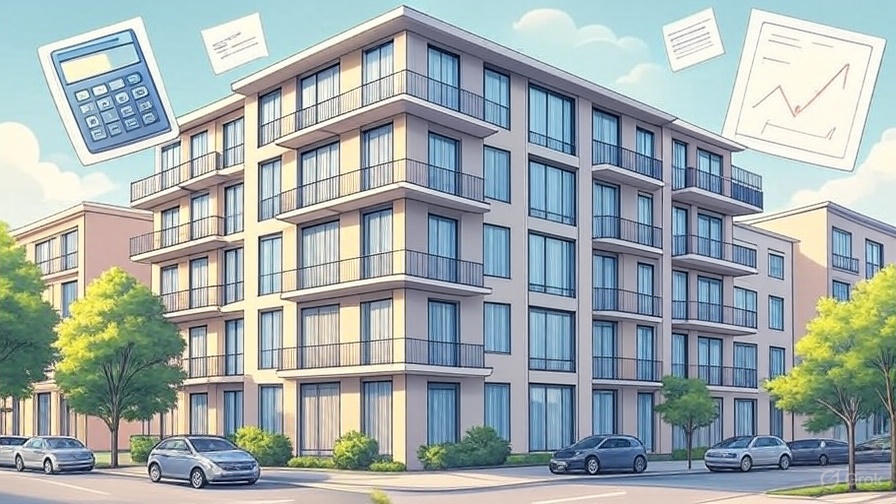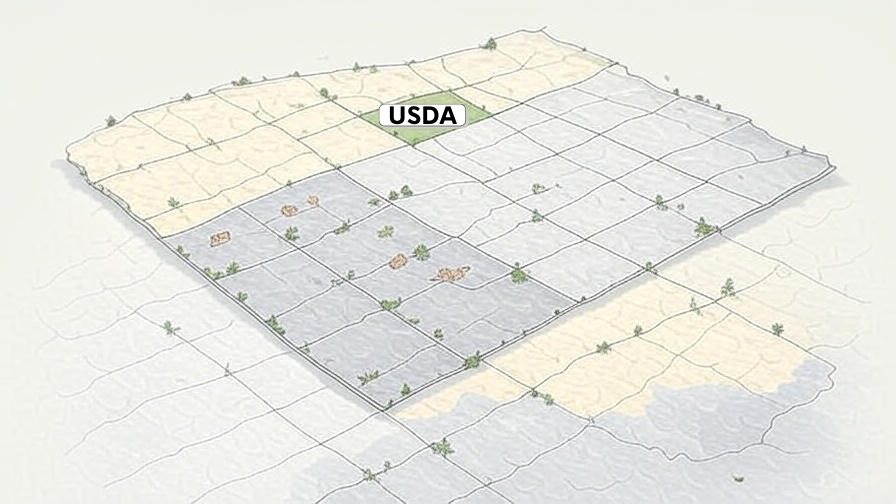Seller credits can cut thousands from your total cost in Raleigh—but only if you use them right. A 2-1 buydown sounds appealing until you see the math on permanent alternatives that keep working year after year.
Why seller credits matter more than buydowns
A 2-1 buydown gives you lower payments for exactly two years. Seller credits toward your down payment, MI elimination, or closing costs create permanent savings that compound over time. In Raleigh’s current market, where median prices hover around $450k, that difference adds up fast.
The key insight: temporary relief versus lasting value. Most buyers who choose buydowns discover the payment jumps back up just when they’ve settled into their budget comfort zone.
Strategy #1: Permanent rate buydown vs. price reduction
Using $10k in seller credits for a permanent rate reduction often beats the same amount off the purchase price. The key is understanding how each option affects your monthly payment and total interest over time.
$400k Raleigh home example: $10k seller credit allocation
Option A: $10k price reduction → $390k loan at 6.5% = ~$2,465/mo
Option B: $400k loan with rate buydown to 5.99% = ~$2,400/mo
Permanent monthly savings: $65 favoring the rate buydown
Numbers for illustration purposes only; actual rates vary by scenario
The rate buydown wins because it reduces interest on the full loan amount for the entire term. Over 30 years, that $65 monthly difference adds up to significant savings, plus you benefit from lower interest on a larger principal balance.
Strategy #2: Buy out mortgage insurance upfront
Using $10k in seller credits to pay mortgage insurance as a lump sum eliminates the monthly MI payment for the life of the loan. This strategy works on most conventional loans when you’re putting down less than 20%.
$400k Raleigh home example: $10k credit for MI buyout
Without buyout: ~$250/month MI for years
With $10k buyout: $0/month MI permanently
Break-even: ~40 months vs. ongoing MI costs
Numbers for illustration purposes only; actual costs vary by scenario
The math works especially well if you plan to stay longer than 3-4 years. Instead of paying MI monthly until you reach 20% equity (which could take 8-12 years), you eliminate it entirely upfront using the seller’s money.
Strategy #3: Cover closing costs
Using seller credits for closing costs preserves your cash reserves for the things that matter after you move in—repairs, improvements, moving expenses, and furnishing your new home.
Typical Raleigh closing costs run $8k-12k on a $400k purchase. Credits covering these costs let you redirect cash toward immediate needs during the first months of homeownership when unexpected expenses always seem to pop up.
When buydowns actually make sense
Buydowns work best in specific scenarios where the temporary nature aligns with your plans:
- Short-term ownership (under 3 years) where you won’t recoup permanent savings.
- Expected income increases that make the payment jump manageable after year two.
- Qualification purposes when the lower initial payment helps with debt-to-income ratios.
The 2-1 structure typically costs $6k-8k in seller credits on a $400k loan. If that same amount goes toward down payment, you’d need to stay in the home about 3.5 years to break even on the permanent savings.
Local Raleigh considerations
Raleigh’s competitive market means seller credit negotiations often depend on market conditions. In slower months, sellers may offer 2-3% of purchase price in credits. During peak season, you might only see 1% or credits for specific closing costs.
Durham and Charlotte show similar patterns, though Charlotte’s higher median prices (~$480k as of this month) amplify the dollar impact of each strategy. Research Triangle buyers often benefit most from permanent strategies given strong job growth and longer-term ownership plans.
FAQ
Seller credits are funds the seller contributes toward your closing costs, down payment, or rate buydowns. In Raleigh, they’re capped at 3-6% of purchase price depending on loan type and down payment amount.
If you plan to stay under 3 years, the buydown might work. Longer than that, credits toward down payment or MI elimination usually save more money through permanently lower payments.
Yes, if credits push your down payment to 20% or pay upfront MI premiums. On a $400k home, reaching 20% down eliminates ~$200-300 monthly MI permanently.
Conventional loans allow 3-9% of purchase price depending on down payment. FHA allows up to 6%. VA loans have no limit on seller credits.
Best for buyers planning short-term ownership (under 3 years) or those who expect income increases during the buydown period. Otherwise, permanent savings usually win.
Want a plan that matches your timeline?
I’ll work up loan options that fit your goals, needs, and qualifications—so you’re never squeezed into the wrong program. Clear paths. Real numbers. Calm decisions.
Prefer to talk? 984-289-6479 · wolff@michaelthebroker.com




